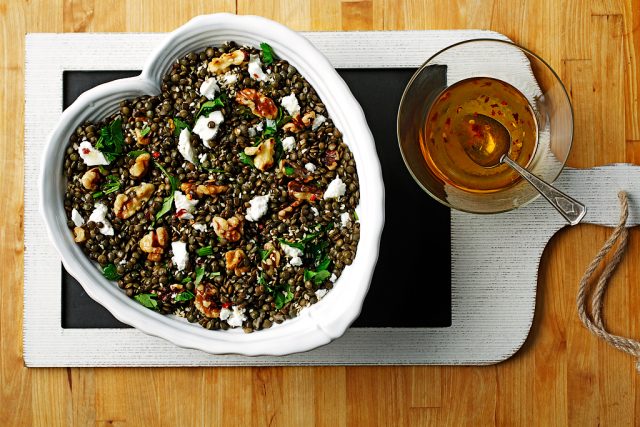How it keeps our Colon Healthy
We have all heard that we need to include fibre in our diets, that it helps keep our colon healthy …but what is it? And why should we care if we eat it. In this months article we will take a look at what fibre is and how it helps keep us healthy.
Canadians should be getting 25-38 grams of fibre per day, which can seem like a lot and many of us have difficulty reaching these values. Increased intake of dietary fibre has been linked to reducing the risk of heart disease, diabetes, cholesterol and some cancers, so it is important to try and get the recommended amounts.
Where Does Fibre work in the body?
The Canadian Digestive Health Foundation has a great diagram and explanation of the digestive system. Having an understanding of it can help us see where fibre affects and works in the body. Check out this link http://www.cdhf.ca/staying-healthy/your-digestive-system.shtml
When we talk about fibre in regards to what we eat we are talking about dietary fibre. Dietary fibre is made up of both soluble and insoluble parts. Soluble fibres can be digested by the colon, and are found in foods like oats and beans. This fibre will bind cholesterol and aid in its removal from the body. Insoluble fibre will move through the colon undigested and result in increased bulk in waste products. This is important because it helps to clean and keep the colon healthy. Examples of insoluble fibre are vegetables and whole wheat. (Krause Food and Nutrition Therapy, 2008).
When increasing fibre in the diet we need to do this gradually so we do not overwhelm the digestive system. There are great snack foods like bran buds or bars, high fibre cereals and oatmeal that we can use to increase daily fibre. Adding bran buds to our favourite cereals or in yogurt is a neat snack idea to increase fibre. When incorporating fibre into the diet be sure to have enough water. Water is absorbed in the large intestine and we can experience constipation if we have a high fibre diet without enough water.
So where can we find high fibre foods? The Heart and Stroke Foundation of Manitoba website provides examples of the top 10 high-fibre foods. Check out the link to see the rest of the high fibre foods.
So trying to incorporate more fibre into our diets is a great way to improve our health. It helps keep our colon and heart health, as well as reduces the chances of many diseases. For you next meal see how you can increase the fibre content, switch white pasta for whole wheat, add bran buds to you yogurt cup or throw in some extra vegetables to you pasta plate at dinner. Lentils are also a great source of fibre. Try this recipe for tonight’s dinner!

